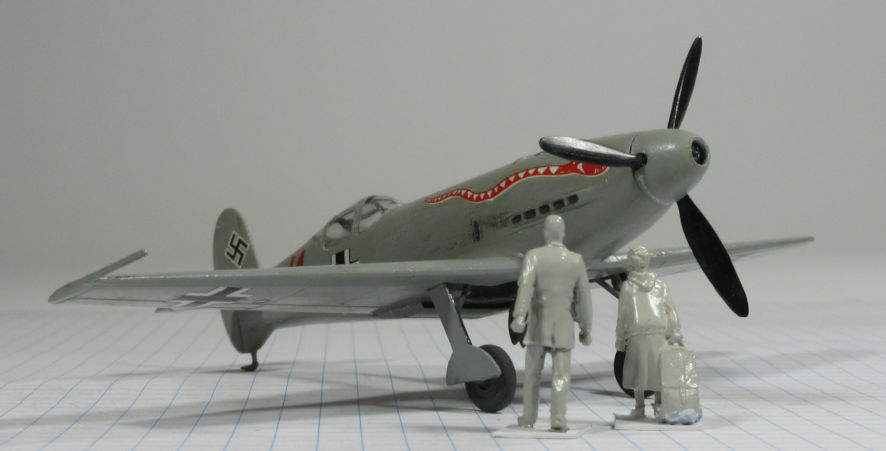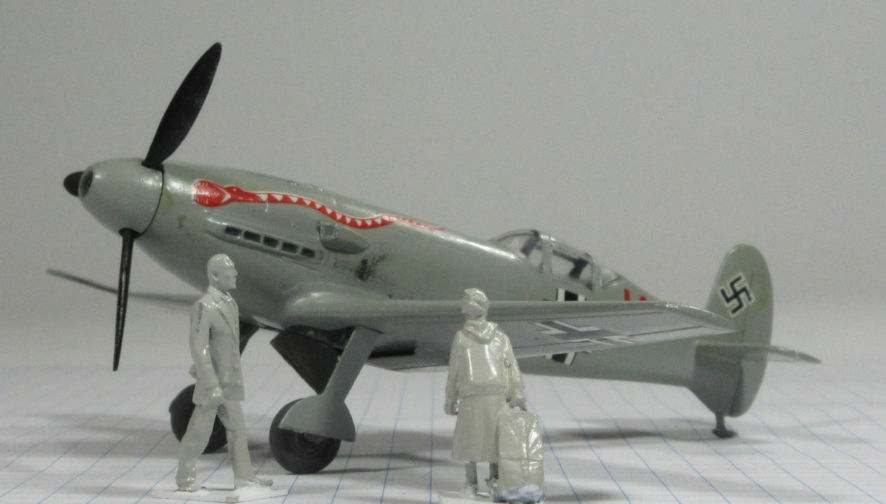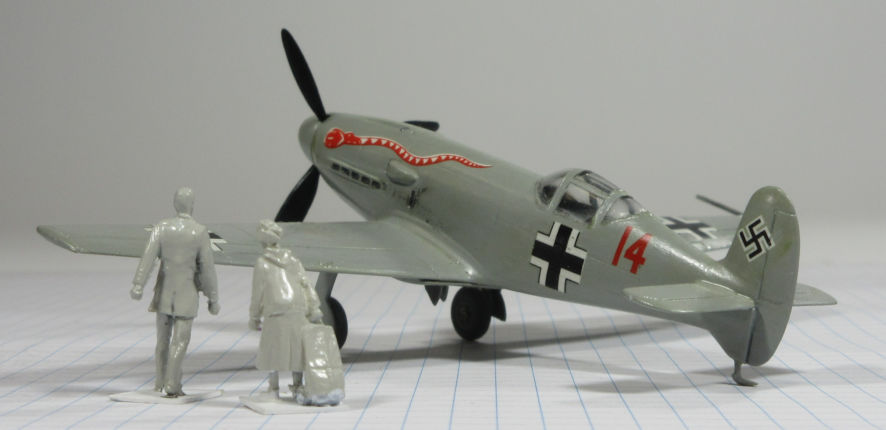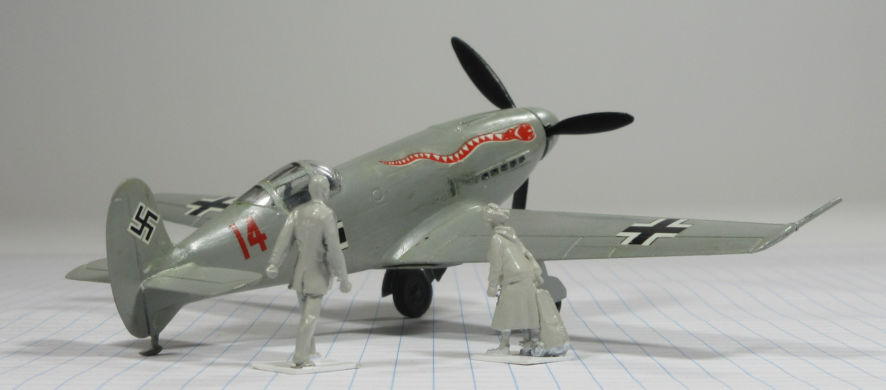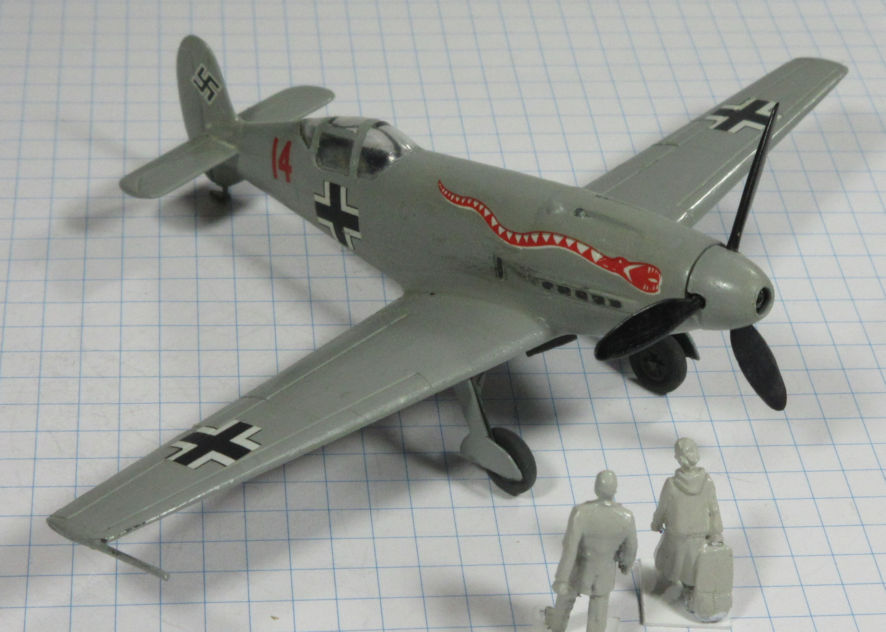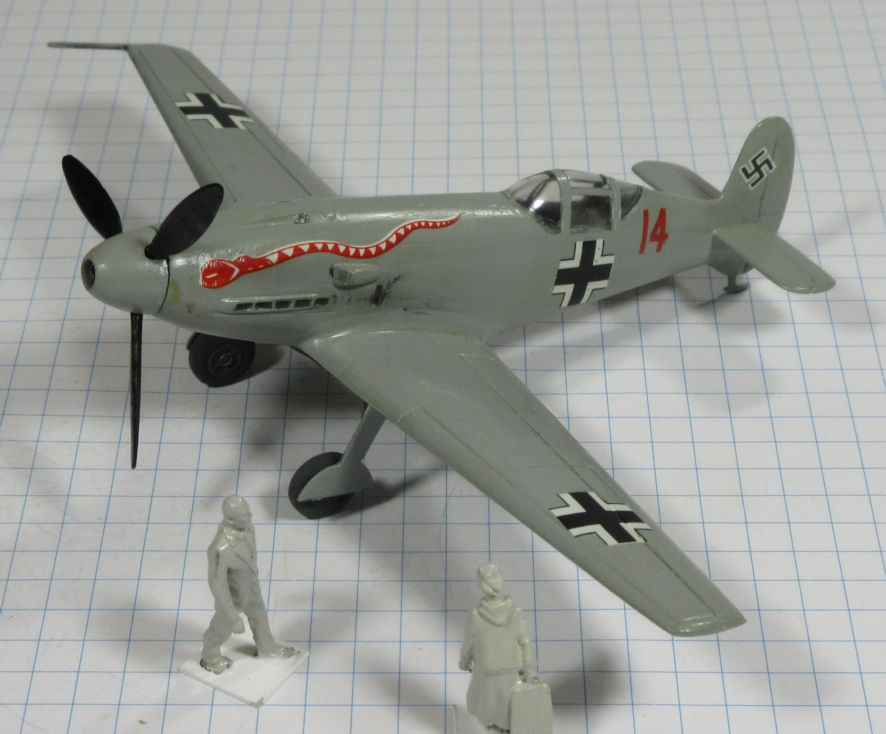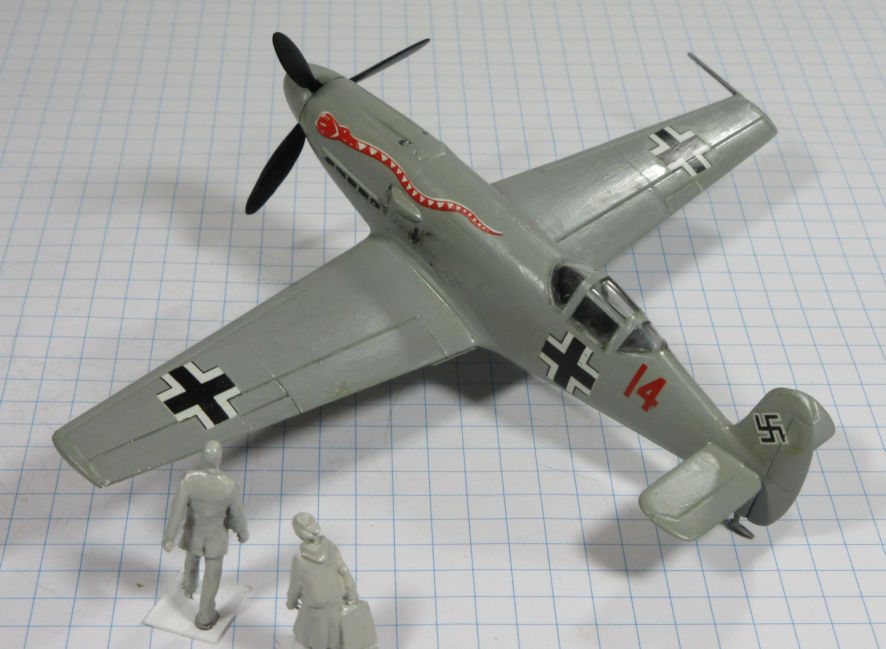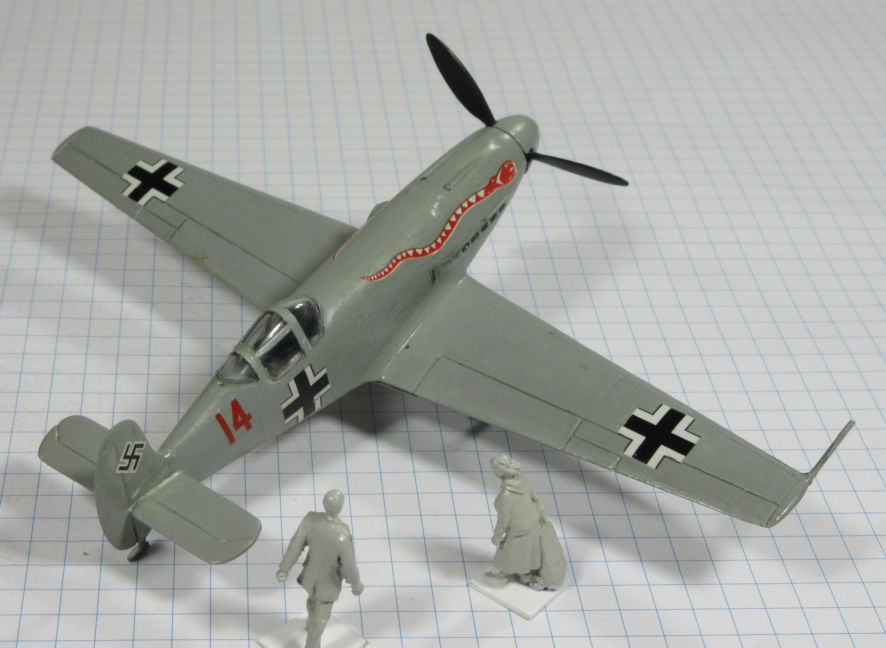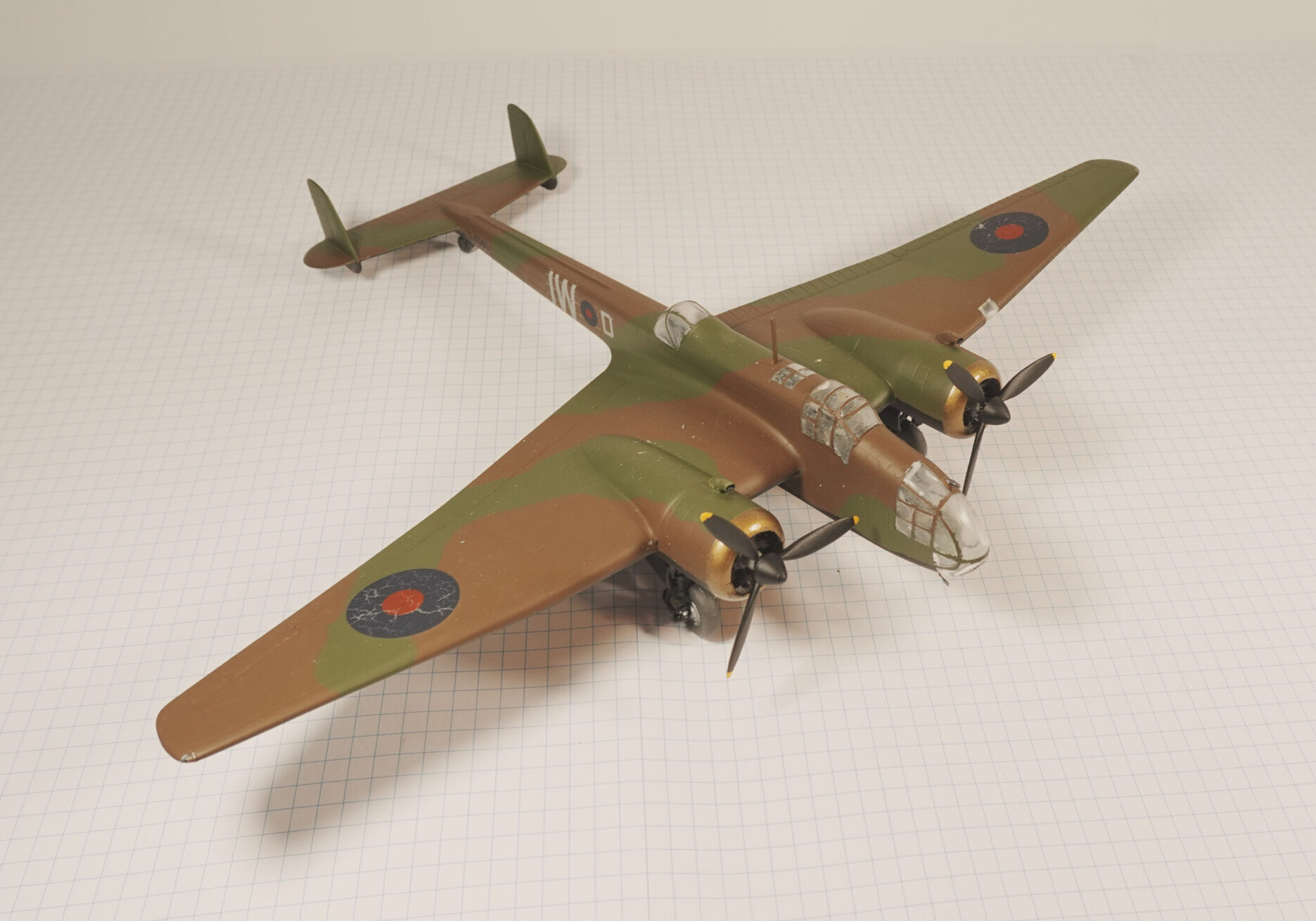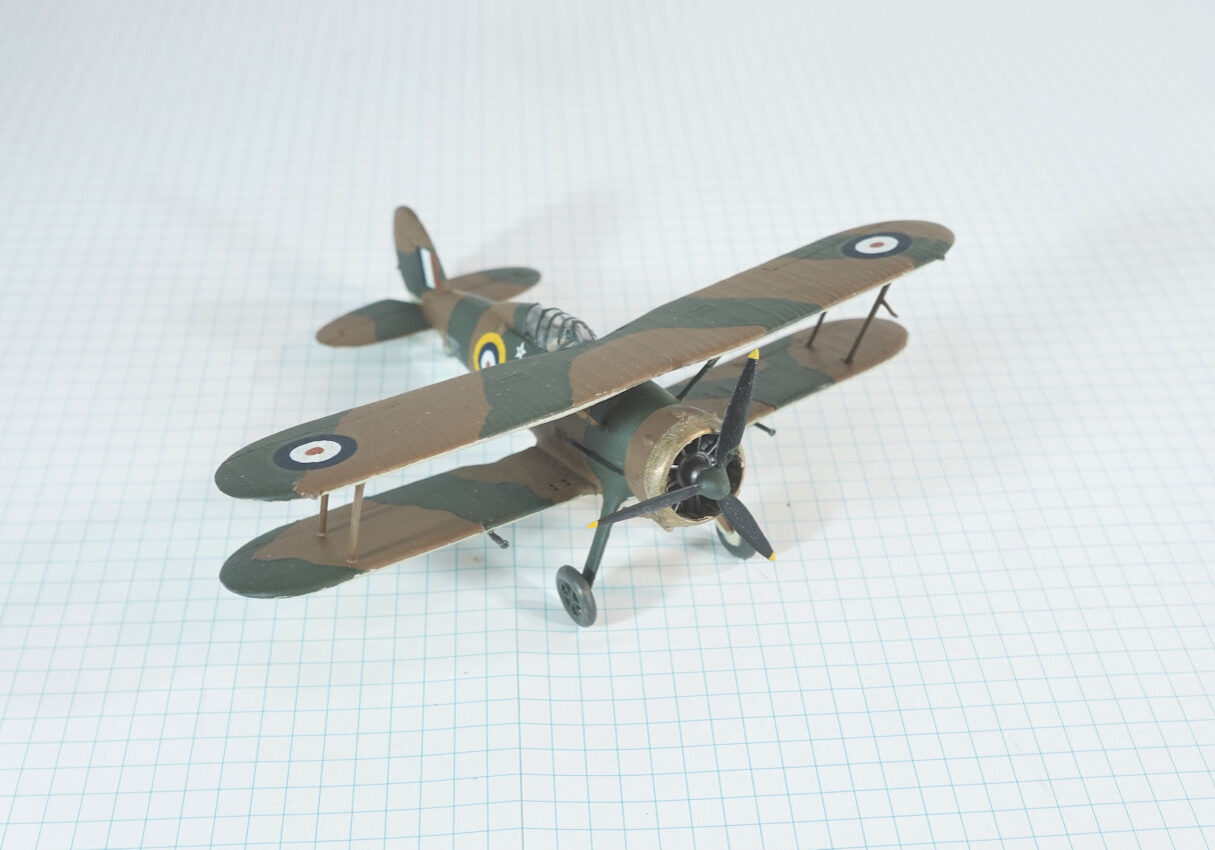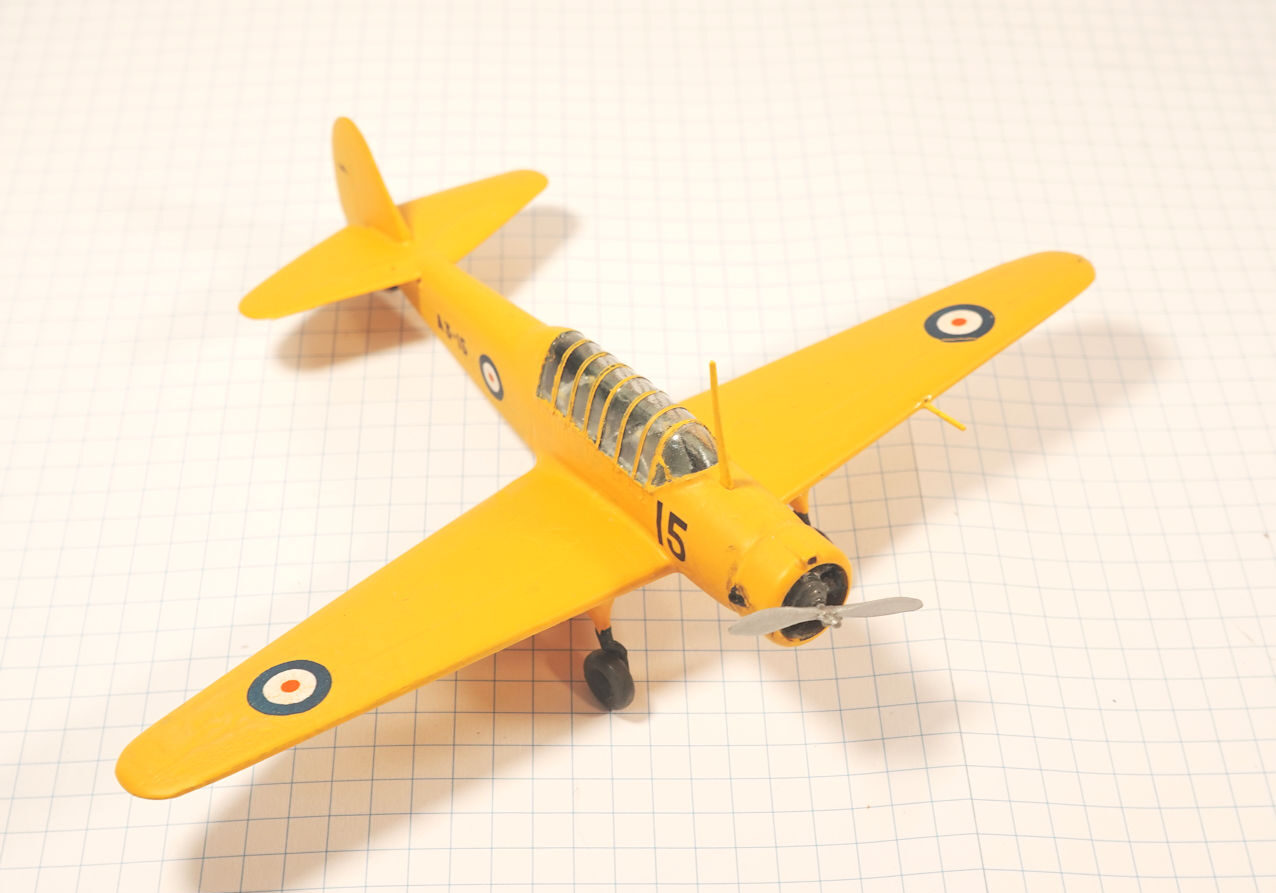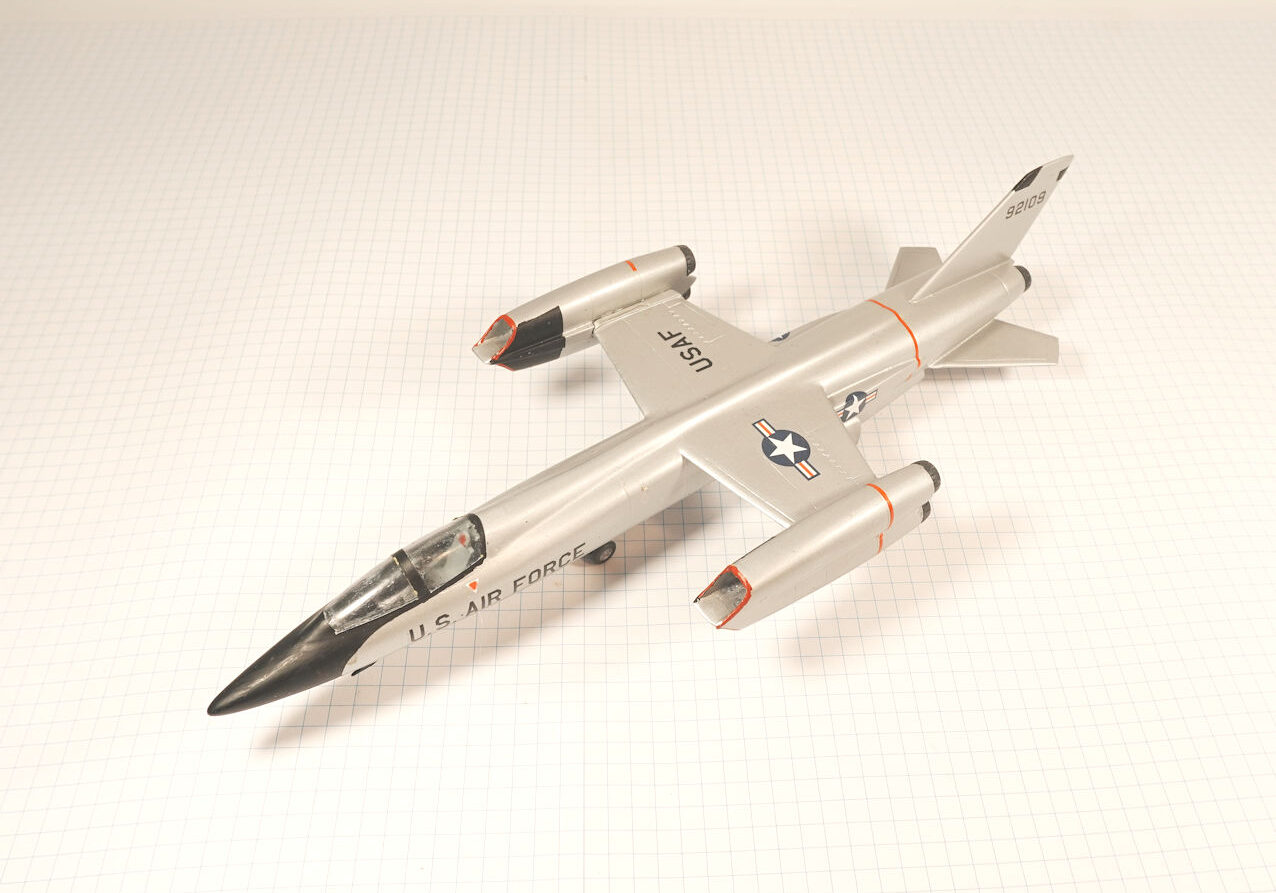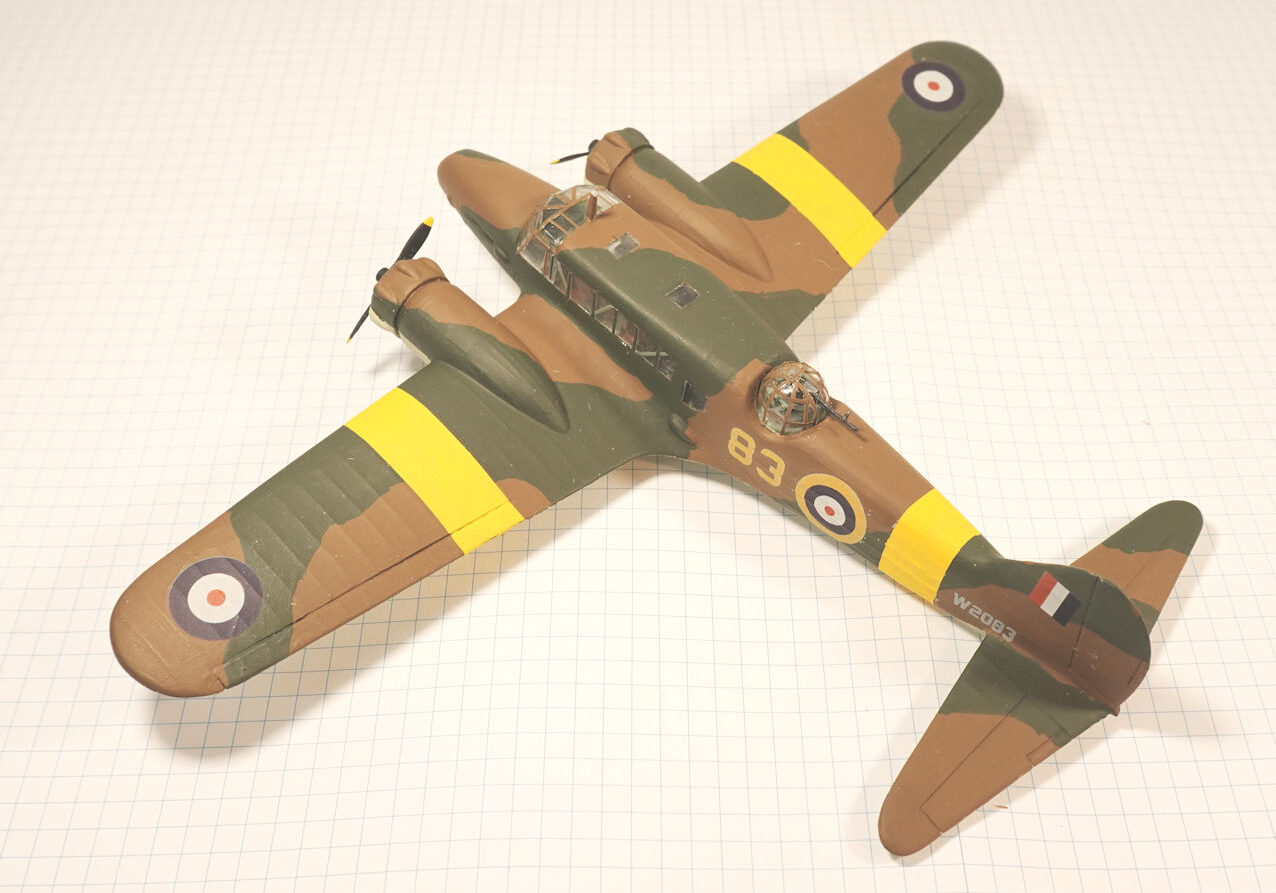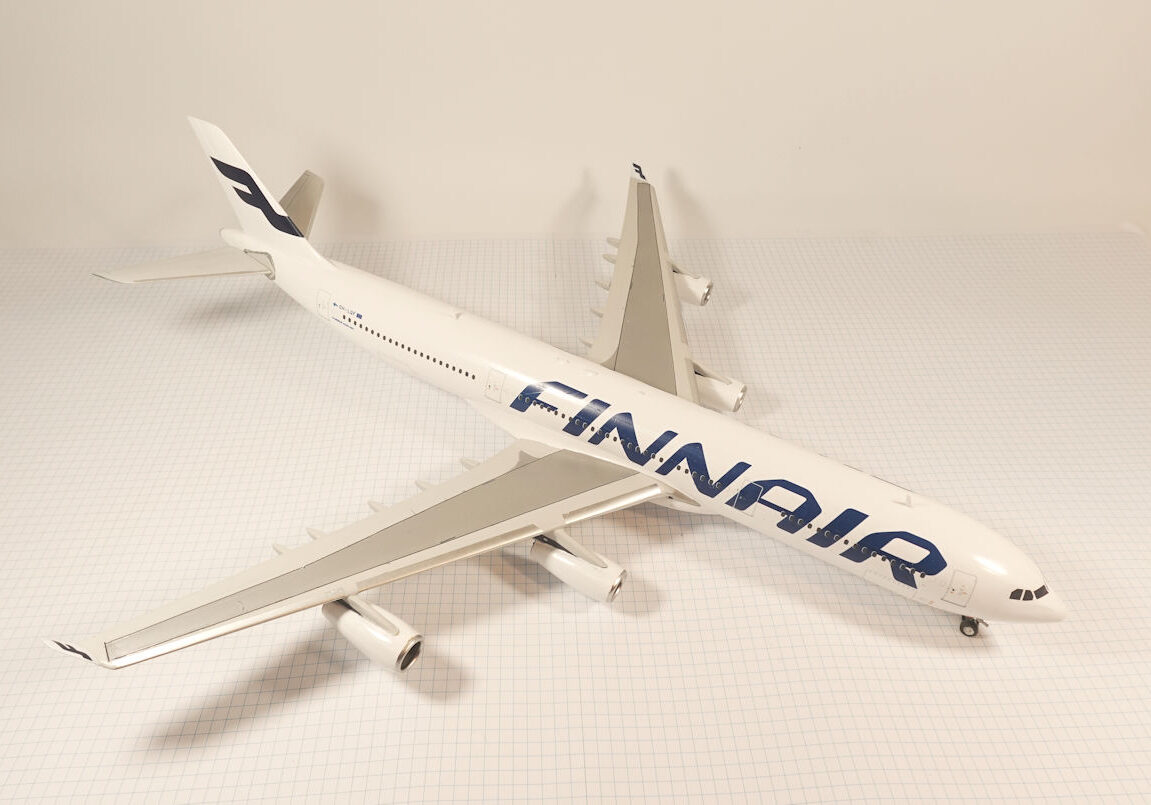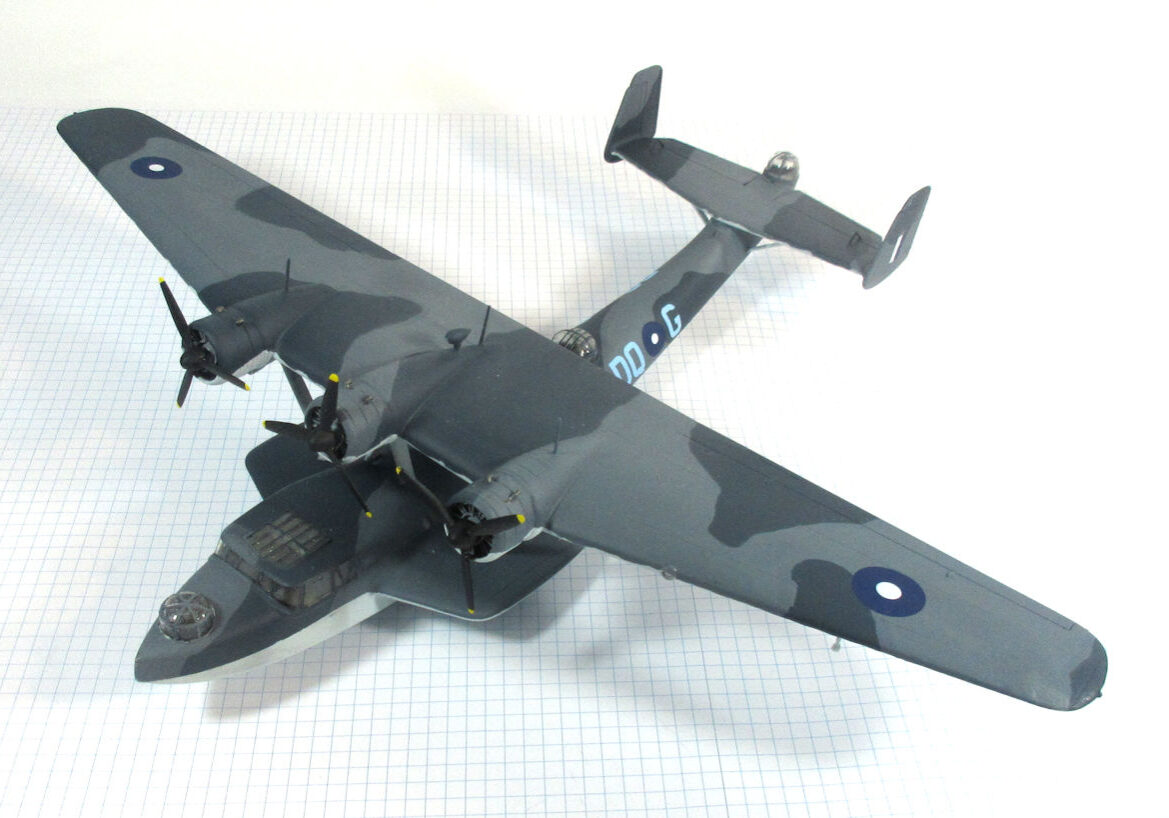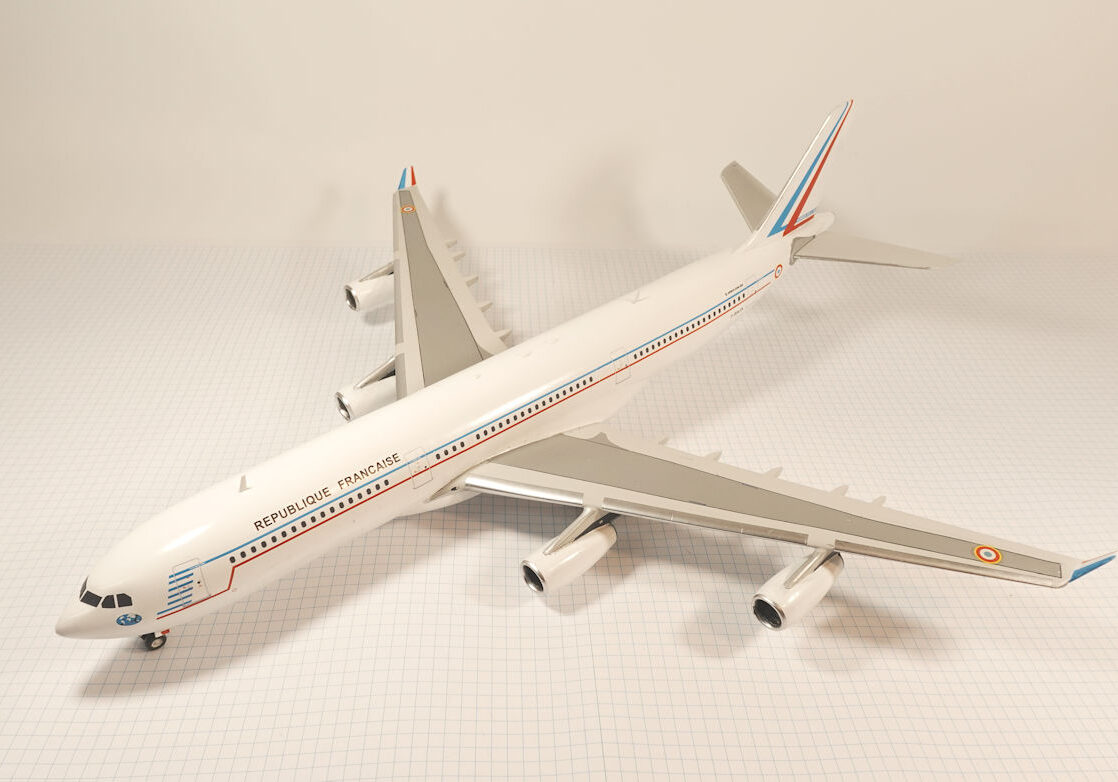History
The Me209V-4 was the last of four aeroplanes designed and constructed by Messerschmitt to establish an absolute world air speed record. Although successful in this it was unsuitable for any other purpose.
The Me209 was designed around a special Damlier-Benz DB 601 engine that could be boosted to a peak capacity of 1715 kW (2300 hp) for very short periods.
It flew for the first time in August 1938 and was found to have 17 serious shortcomings, making it difficult to fly. However, on 26 April 1939 the test pilot, Fritz Wendel, flew it to a speed of 755 km/h (469 mph), a record that stood for just over 30 years as the highest speed achieved by a piston engined aeroplane.
To give the achievement greater propaganda value the aeroplane was called a Me109R but it had little in common with Messerschmitt’s Bf109 fighters.
A second Me209 prototype, V-2 was lost during a landing accident in April 1939.
The V-3 was used in various test programs.
The V-4 was intended as the prototype for a fighter version, fitted with a wing of increased span to improve its flight characteristics with two machine guns and a cannon mounted in the nose, but it remained too dangerous for service use.
This model represents the sole Me209V-4
Huma 1:72 kit. Completed in September 1989.
